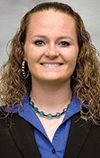The family has competed every year since the stock show was founded, and they even helped to found the event 107 years ago.
“Our involvement at the NWSS is long and true. Throughout the years, we have been exhibitors in a number of categories at the show as well as brought many different breeds of cattle to put on display,” says Chris Carnahan, who is a fifth-generation rancher.
“I grew up down in the yards with the old wooden pens. Our usual pens were the far southeast two or three pens with feedbunks at the east end of them.”
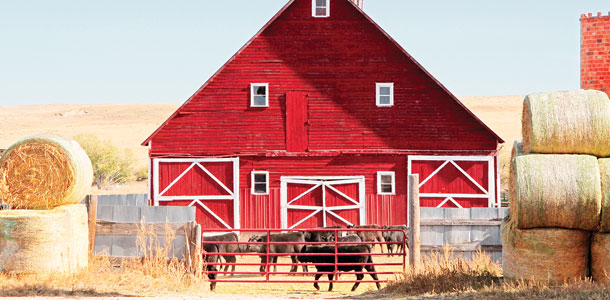
Carnahan has fond memories of the show as a kid. “We would have a couple of pens for our carload of steers and a pen for our blocking chute and gear.
In that pen, as a kid, you could hunker down in the feedbunk and take an afternoon nap after smashing pennies on the railroad track all morning. Those were quite the days at the NWSS,” he says.
The family shows a carload of steers every year, but a big reason they go back is not just for the cattle, but for the people.
“My dad loves seeing his friends that he gets to see once a year at the show. Many of them were made right there in the yards.
It is amazing at the NWSS the people you can meet, the connections you can make and the memories that last for generations,” Carnahan says.
However, it is still a cattle show, which gives the Carnahans the opportunity to look at other stock as well as show off their own.
“The NWSS is a great place for us to buy new bulls or breeding stock as well. There is a tremendous selection to look at,” he states.
He adds, “As a cattleman, I love the opportunity to show the general public what we do and raise on a daily basis – what we do to feed them on a daily basis.
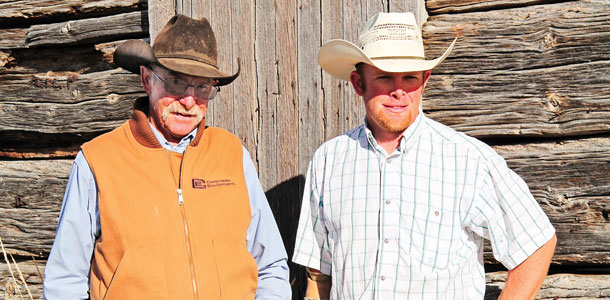
It is so very important for agriculture to have a voice from within and the NWSS provides that speaking ground that we need and love.”
The Carnahan Ranches were founded in 1862 by Jacob Dietrich, who settled in the area during the Homestead Act.
“In this area, many homesteaders settled here and began working to live off the land. It was not enough land to survive on in most cases, and the people were basically starving to death,” Carnahan says.
He continues, “Somehow Jacob Dietrich survived and prospered. He began buying all the homesteads around him from the folks who wanted out and moved on.
Through this process, he began to build our ranch. His daughter Minnie married Allen Carnahan, who is my great grandfather, and thus started the Carnahan line of ranchers here on the ranch.”
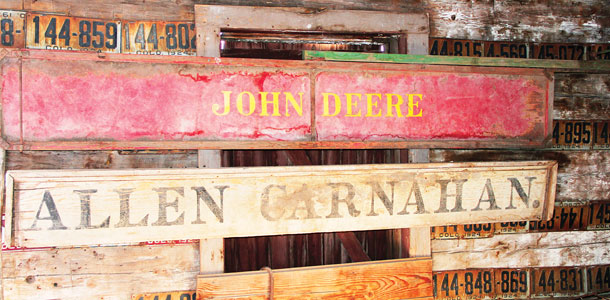
The ranch is different today than it was then, but in some ways, it’s still the same. “Our ranch still consists of the original acres my great-great-grandfather was able to gather up, along with a connecting ranch we were able to buy in 1972,” he says.
Improving the ranch is a constant goal for the family, but the history is also important. “We have made many vast improvements over the long history of the ranch, as well as preserving the original artifacts.
Standing today on the ranch is the original 1862 log cabin Jacob homesteaded in. We have improved its roof and cleaned up lean-tos to keep it standing all these years.
Still today, a large barn built in 1911 is a hub for working and handling cattle on our ranch. We also still have a CCC (Civilian Conservation Corps) camp facility on our ranch, which was started back in the 1930s to create conservation practices throughout the area,” Carnahan explains.
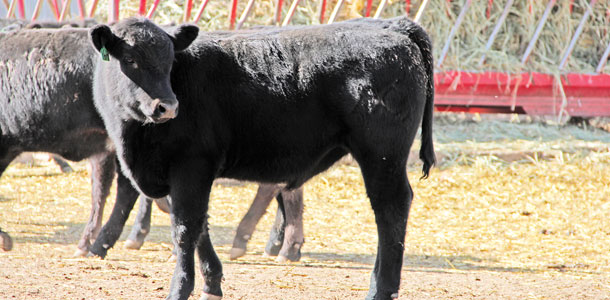
The family runs crossbred Angus-Limousin cows with Angus, Limousin and Angus-Simmental cross bulls.
“We operate a commercial herd with a small inventory of purebred Limousin cows that we A.I. to produce bulls for sale and herd use,” he says.
Their sell their calves on the video to buyers around the country. “We sell our calves through Superior Livestock Auction.
We believe it gives us an edge over the regular sale barn in that a vast array of buyers get a chance at our calves where they would not at the sale barn.
It opens up more windows of opportunity, and in today’s industry you have to capitalize on any advantage you can get,” he explains.
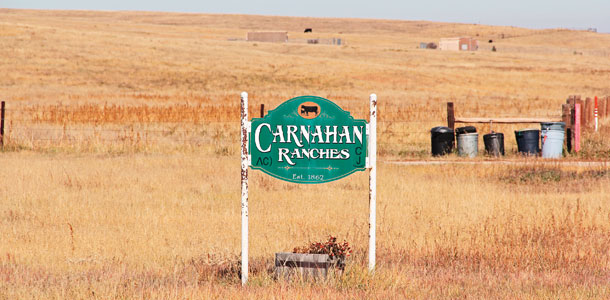
Carnahan truly loves being in the cattle industry, and the challenges that it brings. “The cattle industry is an industry that is constantly changing, which keeps you on your toes.
I enjoy the challenge of managing our operation to meet the market’s ups and downs,” he says.
The area where they ranch presents its own challenges as well. “In our area, most available feed sources outside what we are able to raise under our irrigation are close to 100 miles away at a minimum.
With rising fuel costs and cost of labor, it is a challenge to find the right feed to buy for winter feeding,” Carnahan says.
He continues, “Pasture is hard to come by and getting expensive to run cows on. Drought is always a constant threat to us, as well as floods on our bottom ground from the Kiowa Creek.
During the floods in 1935 and 1965, our fences were wiped out, meadows were covered in sand, and debris was scattered everywhere.”
Urbanization is also a concern. “Being close to the urban areas, we do feel some of the pressure of urbanization,” he says.
It’s not all challenges though. There are some big benefits to the area they ranch. “The advantage is that with a little rain, we have the best grass in the country.
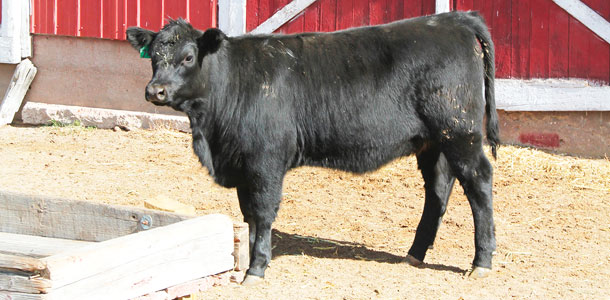
Also on our ranch is the Kiowa Creek, which runs live water almost year-round. We are blessed with live water and water we have to pump for irrigation to grow alfalfa hay and other feed crops,” he states.
The family is unique in that they do almost all of the work with the cattle themselves, including a lot of the veterinary work.
“My father and I believe it pays to be able to do your own work. We both are educated in preg-checking and A.I., both of which we perform ourselves on our ranch with our cattle.”
The Carnahan family loves what they do, through the good and through the bad. “One of our greatest joys is taking part in the process of taking a conceived calf all the way to the dinner plate in your home,” he says.
He adds, “Springtime around here is always a favorite. Those warm days with several inches of snow on the ground just puts pep in a new baby calf’s hooves that can put a smile on your face.” ![]()
Robyn Scherer is a freelance writer based in Colorado.
PHOTOS
TOP: The Carnahan family has shown cattle at the NWSS every year since it began.
PHOTO 2 : This barn was built in 1911, and it is still used nearly every day on the ranch.
PHOTO 3: Charlie and Chris Carnahan are the fourth and fifth generations on the ranch.
PHOTO 4: Old signs are preserved in the original homestead house on the ranch.
PHOTO 5: The Carnahan family raises crossbred Angus-Limousin cattle in their commercial herd.
PHOTO 6: Settled during the Homestead Act, Carnahan Ranches have weathered even the toughest days.
PHOTO 7: The Carnahan family has shown cattle at the NWSS every year since it began. Photos courtesy of Carnahan Ranches.
